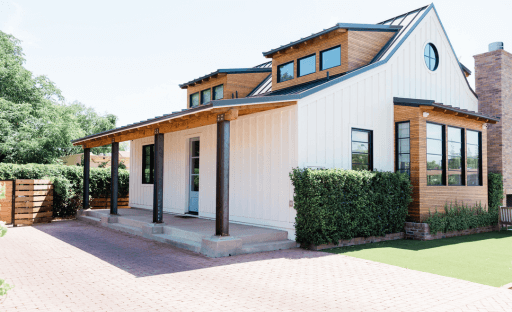Prefab homes Prefabricated houses
In recent years, the housing market has experienced a significant shift as more and more individuals seek innovative solutions to address their unique needs. One such solution that has gained considerable attention is the concept of prefabricated homes. These modern dwellings offer an enticing combination of efficiency, affordability, and sustainability – making them an increasingly popular choice for homeowners across the globe.
This article will delve into the numerous advantages associated with prefab homes while also exploring customization possibilities that allow you to tailor your living space according to your specific requirements. Furthermore, we’ll discuss how these cutting-edge structures are revolutionizing the industry and shaping our future housing landscape.
Finally, it’s essential to address common misconceptions surrounding prefab houses – particularly in terms of quality and durability concerns. By debunking these myths, we aim to provide a comprehensive understanding of why prefabricated homes are becoming an attractive option for many prospective buyers seeking high-quality yet affordable alternatives in today’s competitive real estate market.
Prefab homes, also known as modular or manufactured homes, have been gaining popularity in recent years due to their numerous advantages over traditional construction methods. These factory-built structures offer a more efficient and eco-friendly alternative for prospective homeowners who are looking for a cost-effective and time-saving solution. In this article, we will explore the benefits of prefab homes, as well as discuss some of the potential drawbacks that should be considered before making a decision.
One of the primary benefits of prefab homes is their efficiency in terms of both time and resources. Because these houses are constructed off-site in controlled environments using standardized processes, they can be completed much faster than conventional on-site builds – often within just a few months from start to finish. This not only reduces labour costs but also minimizes delays caused by weather conditions or other unforeseen circumstances that can plague traditional construction projects. Additionally, since materials are pre-cut and assembled with precision machinery in factories rather than on job sites where waste is more likely to occur; there is typically less material waste associated with prefabricated housing options which contribute positively towards environmental sustainability efforts.
Prefab homes also provide greater flexibility when it comes to design customization compared to stick-built counterparts; allowing buyers an opportunity for personalisation without breaking the bank on custom architectural fees or extensive renovation work post-purchase. Many manufacturers offer various floor plans along with customisable features such as cabinetry styles/colours/materials choices so homeowners can create spaces tailored specifically towards individual tastes/preferences while still adhering to budget constraints set forth during the initial planning stages process.
Advantages of Prefab Homes: Efficiency, Affordability, and Sustainability
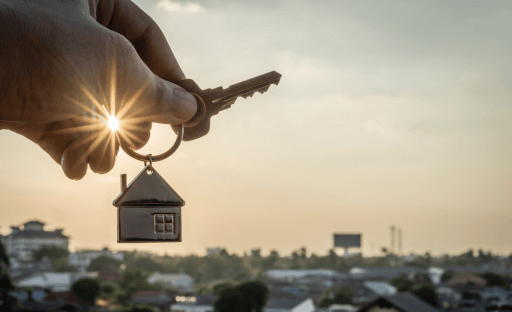
Prefab homes are becoming increasingly popular due to their efficiency, affordability, and sustainability. Prefabricated homes are built off-site in a factory setting using modern building techniques and materials that make them more efficient than traditional stick-built construction. This means they can be constructed quickly with less waste of resources, making them an attractive option for those looking to build a home on a budget or with environmental considerations in mind.
The prefabrication process also allows for greater customization options than traditional construction methods. Homeowners can choose from various floor plans and designs as well as customize the interior features such as cabinets, countertops, appliances, fixtures and finishes according to their tastes and needs. Additionally, prefab homes often come equipped with energy-efficient features like insulation systems that help reduce utility bills while providing superior comfort levels inside the home all year round.
In terms of sustainability benefits compared to conventional housing methods; prefabricated houses use fewer natural resources during production since much of the work is done in factories rather than on-site which reduces emissions associated with transportation costs for materials used during construction processes too! Furthermore, these types of dwellings typically require less maintenance over time due to their durable nature – meaning you’ll save money on repairs down the line!
Overall there’s no denying that prefab homes offer many advantages when it comes to efficiency, affordability, and sustainability. With so many customisable options available today – now is definitely an opportune time to explore this alternative form of housing if you’re considering building your own dream home!
Customisation Possibilities: Tailoring Your Prefabricated Home to Your Needs
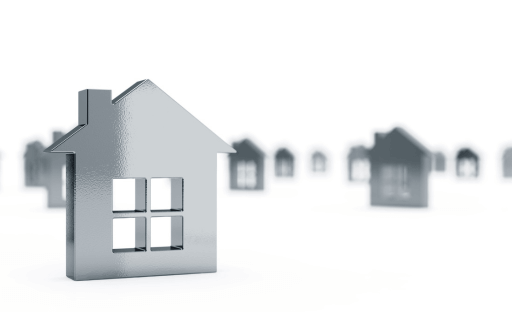
Prefabricated homes have come a long way in recent years, offering an array of customization possibilities to tailor your home to your needs. From the materials used for construction and insulation to the layout of rooms and amenities, you can create a unique living space that is tailored specifically for you.
One great advantage of prefabricated homes is that they are built off-site in factories under controlled conditions with quality assurance protocols in place. This means that when it comes time for installation on-site, there will be fewer delays due to weather or other factors since much of the work has already been done. The result? A custom home without any surprises!
When designing your prefabricated home, consider all aspects from energy efficiency and sustainability features such as solar panels or rainwater harvesting systems; through interior design elements like flooring options and kitchen appliances; right down to landscaping choices such as decks or patios – all these things can be customized according to individual preferences. Additionally, many companies offer ‘green’ building packages which include eco-friendly materials designed with minimal environmental impact while still providing maximum comfort levels inside the house itself.
The bottom line: Prefabricated homes provide an excellent opportunity for homeowners who want a custom living space but don’t want (or need) all the hassle associated with traditional construction methods – allowing them more freedom when it comes time make their dream home become reality!
The Future of Housing: How Prefab Homes are Revolutionizing the Industry
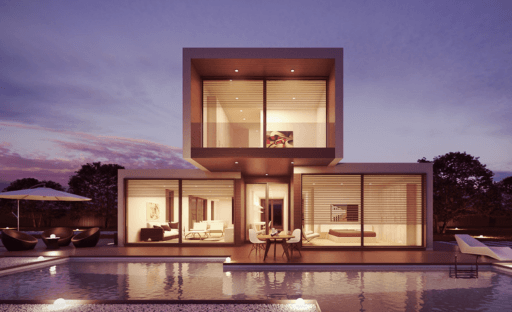
The future of housing is here, and it’s taking the form of prefab homes. Prefabricated homes are revolutionizing the industry by offering a more cost-effective and efficient way to build a home. With their modular design, prefab homes can be constructed quickly and easily with minimal disruption to existing infrastructure. Plus, they offer an array of customisable options that allow homeowners to tailor their space exactly how they want it.
Prefab construction has been around for decades but recent advances in technology have made them even more attractive for those looking for an affordable yet high-quality living space. The process involves constructing components offsite in factories or warehouses before being transported to the building site where they are assembled into a complete structure ready for occupancy within days or weeks instead of months or years as with traditional construction methods. This makes them ideal for areas prone to natural disasters such as earthquakes or hurricanes since they can be built quickly without sacrificing quality control standards during assembly onsite.
In addition, prefab homes come with numerous environmental benefits due to their energy efficiency ratings which often exceed those found in traditionally built structures thanks largely due to improved insulation materials used during manufacturing processes at factories that produce these components offsite prior to delivery on-site. Furthermore, many models also feature solar panels integrated into roofing systems allowing homeowners access to renewable energy sources while reducing overall utility bills over time.
Finally, one major advantage offered by prefabs is customization – from floor plans, wall colours, fixtures & finishes – all tailored according to your individual needs & preferences. As such this type of housing offers tremendous potential when it comes to creating unique spaces suited perfectly to meet your lifestyle requirements whilst staying within budget constraints.
All things considered, it’s clear why so many people are turning towards prefabs when looking to build a new home – not only do provide great value money but also offer much flexibility in terms of design & functionality making them the perfect choice for anyone wanting to create dream house without breaking bank.
Debunking Myths Surrounding Prefabricated Houses: Quality and Durability Concerns
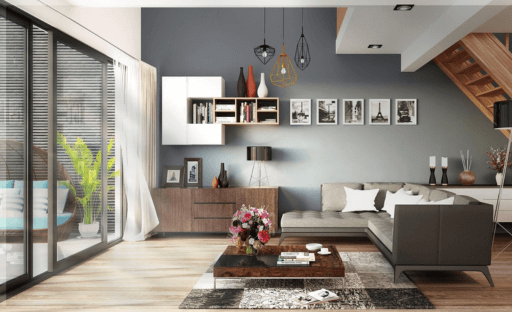
Prefabricated houses have been around for decades, yet many people still associate them with low quality and poor durability. This misconception is simply not true! Prefab homes are built to the same standards as traditional stick-built homes, and they can be just as durable. In fact, some prefabricated houses are even more energy efficient than their traditionally constructed counterparts due to advances in building materials and techniques.
It’s important to note that prefabricated houses come in a variety of styles and sizes – from single-family dwellings to multi-story apartment buildings – so there’s something for everyone when it comes to choosing a home that meets your needs. Additionally, these types of structures often require less labour during construction which can result in significant cost savings compared with traditional builds.
Another myth surrounding prefab homes is that they’re only suitable for rural areas or remote locations; this couldn’t be further from the truth! Prefab housing has become increasingly popular among urban dwellers who appreciate its convenience and affordability while still enjoying all the benefits of living close by amenities such as shops, restaurants, parks etc.
The Rise of Prefab Houses: A Look into the Future of Sustainable Living
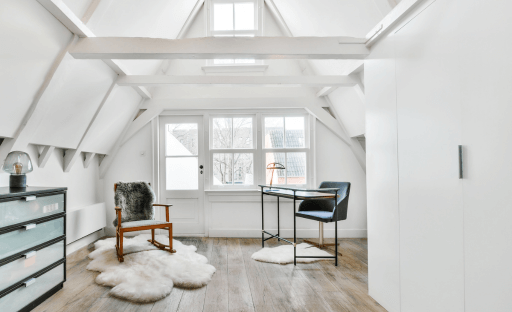
Prefab and modular homes are becoming increasingly popular as a house type, with many home builders opting for this type of prefabricated house over traditional builds. In this session, we will explore the reasons why prefab homes are on the rise, and what advantages they have over other types of construction.
Going Green with Matrix: A Guide to Eco-Friendly Homes
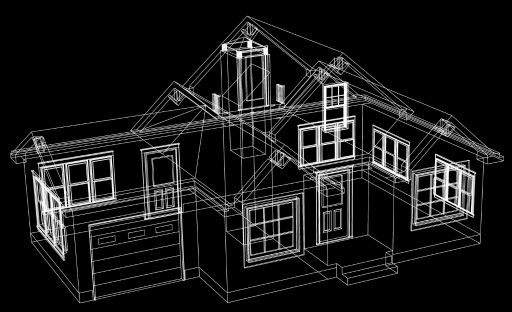
Baufritz & Matrix Structures are a company that specializes in designing and building green homes. Their modular homes are designed to be both sustainable and affordable, making them a great option for those who are looking for an eco-friendly home. In this session type, we will take a closer look at Baufritz and what makes their modular homes stand out from the rest.
Modular Homes: The Solution to Affordable Housing for the Future
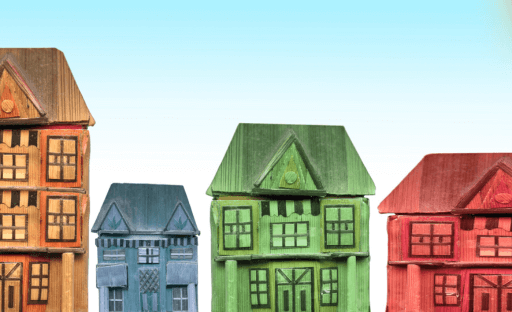
As the cost of housing continues to rise, many people are looking for affordable housing solutions. Modular homes offer a way to build a home at a lower cost than traditional builds, without sacrificing quality or style. We will find out why modular homes are becoming more popular and why they could be the solution to the housing crisis in many areas.
Sustainable Living with a Green Home: The Matrix Difference

Matrix is a company that designs and builds green homes that are not only environmentally friendly but also beautiful and functional. In this session, we will take a closer look at the design Koto and the ways in which it is revolutionizing sustainable living. From its use of sustainable materials to its energy-efficient design, the Koto design is changing the way people think about green homes.
Why Choose a Prefabricated House over a Traditional Build?
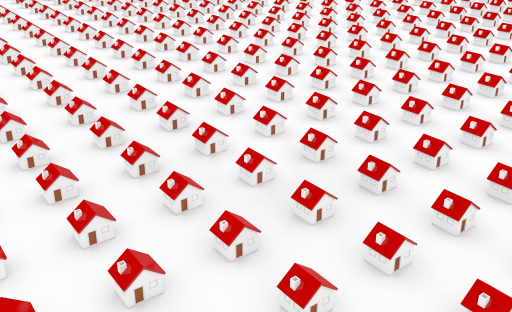
There are many reasons why people choose prefabricated houses over traditional builds. From the lower cost per square meter to the faster build time, prefabricated homes offer many advantages over other types of construction. We will examine these advantages and explore why so many people are choosing prefabricated houses over other types of builds.
What to Consider When Building a Prefab House

If you are considering building a prefab house, there are many factors to take into account. From the type of prefabricated house you choose to the company you select to build it, there are many decisions to make. We will look at the different types of prefab houses available, including log cabins and tiny timber homes, and discuss the factors you should consider when choosing a company to build your home. We will also explore the costs involved, including VAT and bathroom and kitchen fittings, to help you make an informed decision.
Modular home and prefab home are both type prefabricated houses that are becoming increasingly popular in England. If you are considering building a home, it is important to understand the differences between these two types of prefabricated houses. In this session type, we will explore the advantages and disadvantages of each type of prefabricated house, and discuss what you should consider when choosing a company to build your home. We will also touch on the expiry session for planning permissions in England, and what this means for those looking to build a modular or prefab home. By the end of this session, you will have a better understanding of which type of prefabricated house is right for you, and what to look for when selecting a company to build your dream home.
Finally – contrary to what some may believe – modern prefabricated houses do not sacrifice style or design options either; you’ll find plenty of customizable features available depending on your budget and preferences including roofing materials (shingles/metal), siding choices (vinyl/wood), window styles (casement/double hung) etc. So don’t let outdated myths keep you from considering a beautiful new home today.
What is the difference between prefab and modular homes?
Prefab and modular homes are terms that are often used interchangeably, but they have subtle differences. Both types of homes are constructed off-site in a factory-controlled environment and then transported to their final location for assembly. The primary difference lies in the construction method and the level of completion when they arrive on site. Modular homes are built in large, pre-fabricated sections called modules, which are transported to the site and assembled, usually with the help of a crane. Once assembled, modular homes are essentially indistinguishable from traditional site-built homes and are subject to the same local building codes and regulations. Prefab homes, on the other hand, can encompass a broader range of construction methods, including panelized, pre-cut, and shipping container homes. These homes may arrive on-site in various states of completion, from panels or pre-cut components to fully assembled units, and they might require more on-site assembly and finishing work than modular homes. Ultimately, both prefab and modular homes offer cost and time-saving benefits, but the specific construction process and on-site requirements differ between the two.
How much does it cost to install a prefab?
The cost of installing a prefab home can vary widely based on factors such as the size and complexity of the home, location, site preparation, customization options, and regional labour rates. On average, the cost of a prefab home ranges from £1100 to £2300 per square metre, including installation. This typically covers the home itself, delivery, foundation, assembly, and utility connections. However, additional costs may be incurred for site preparation, permits, landscaping, and other finishing touches. It’s important to note that these costs can fluctuate based on the specific prefab home model and the individual circumstances of the project. To obtain an accurate estimate for your particular situation, it’s best to consult with prefab home manufacturers and local contractors to explore available options and potential costs.
What is the most cost-effective home to build?
The most cost-effective home to build can vary depending on location, materials, and personal preferences. However, generally speaking, prefabricated or modular homes tend to be the most cost-effective option. These homes are manufactured off-site in a factory-controlled environment, which allows for greater precision, efficiency, and reduced waste. The streamlined construction process reduces labour costs and construction time, leading to significant cost savings. Additionally, these homes can be customized to suit individual needs, and they often incorporate energy-efficient features and sustainable materials, which can help lower ongoing utility and maintenance costs. It’s important to note that site preparation, permitting, and other factors may affect the overall cost, so it’s crucial to research and compare options specific to your circumstances and location.

